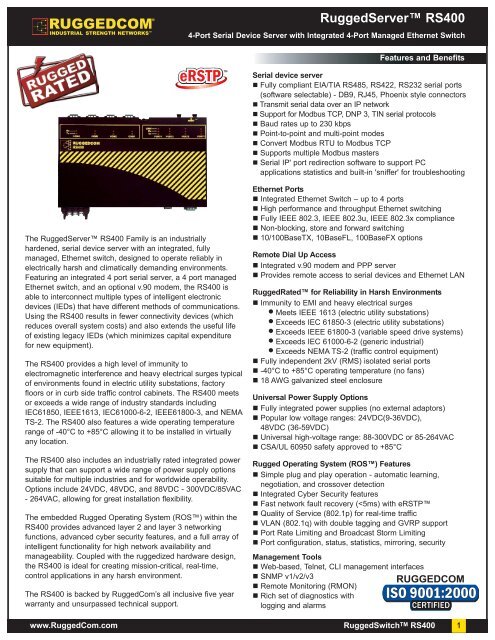Transmit 4 Serial No
This article will explain the following topics in details:1)2)3)After reading this page, you should be able to understand most of the hardware and software (protocol) standards for RS232. If you have a chance to test your RS232 devices with the 232Analyzer software, you should be able to control your RS232 devices in a short period of time.Step 1: Understand RS232 Connection & SignalsRS-232C, EIA RS-232, or simply RS-232, refers to the same standard defined by the Electronic Industries Association in 1969 for serial communication.
Bijoy bayanno download software 2012. Serial Port Basics. For the serial port to create such a flow, it must convert data from parallel (inside the computer) to serial on the transmit pin (and conversely). Most of the electronics of the serial port is found in a computer chip (or a part of a chip) known as a UART.
DTE and DCEDTE stands for Data Terminal Equipment. A computer is a DTE. DCE stands for Data Communication Equipment. A modem is a DCE.DTE normally comes with a Male Connector, while DCE comes with a Female Connector. However, that is not always true. Use the simple way below to confirm: Measure Pin 3 and Pin 5 of a DB-9 Connector with a Volt Meter, if you get a voltage of -3V to -15V, then it is a DTE device.
If the voltage is on Pin 2, then it is a DCE device.Note: The result for a DB-25 Connector is reversed (Please refer to DB-9 to DB-25 conversion table below). RS-232 Pin outs (DB-9)A male DB-9 connector viewed from the front.
Data Terminal Ready (DTR) is a control signal in RS-232 serial communications, transmitted from data terminal equipment (DTE), such as a computer, to data communications equipment (DCE), for example a modem, to indicate that the terminal is ready for communications and the modem may initiate a communications channel.
The DTR signal is present on pin 20 of the 22-wire RS-232 interface using a DB-25 connector, and on pin 4 of a newer DE-9 serial port. The signal is asserted (logic '1') by raising the voltage of the pin from negative to positive. Dropping the signal back to its negative state indicates to the modem that the communications session shall be terminated.
Signaling for modems[edit]
The DTR signal is an important call control signal for a data modem. According to the RS232 standard, dropping DTR from active to inactive for at least two seconds tells the modem to disconnect (end) a call or data connection. When a modem is being used for automatic answering (such as with the command ATS0=1), the DTR signal confirms to the modem that the computer is available to accept a call.[1]
When a computer wants to place a call, it asserts the DTR signal before sending commands. If the DTR signal is not asserted and the modem receives a dial command, modems either refuse to place the call, or they silently disable DTR support for the duration of that call; the actual behavior depends on the modem software.
Other aspects of responses to changes in DTR can be manually overridden or configured on most newer modems.[2][3] and higher values are used by some vendors.[4]
Many external modems have LED indicators on the front, one of which is TR ('terminal ready'). This light follows the state of the DTR pin. The light is on when DTR is high, and off when it is low. Modems will typically keep the TR light illuminated when the AT&D0 command is used to force the modem to ignore the DTR signal, regardless of the pin's actual state.
Null modem operation[edit]
When a serial connection is made between two computers using a null modem adapter, the DTR and the Data Carrier Detect (DCD) lines are typically paired. This allows both ends of the connection to sense when the connection is active.
On many operating systems, including Windows, the DTR line is held low while the serial port is unused and not being controlled by any applications.
Use for flow control[edit]
On some printers with serial interfaces, the DTR line is used for hardware flow control, similar to the use of RTS and CTS for modems. This practice is not consistent; other printers define RTS for this same purpose.
When DTR is used for flow control, it manages the flow of data from the printer to the computer. However, because during printing, the bulk of the data is from the computer to the printer, the importance of flow control in the opposite direction is minimal.
Use as a power pin[edit]
On some hardware the DTR line (along with RTS) may be used to provide power. The most notable example of this is a serial mouse. The DE-9 serial port on the PC does not provide any dedicated power source. The mouse driver holds the DTR and RTS lines high at all times so that the device has a source of power.
Another category of devices commonly powered by the DTR line includes converters between RS-232 and other serial standards such as RS-422 and RS-485.
See also[edit]
References[edit]

- ^'6.2.9 Circuit 108 (data terminal ready) behaviour', V.250 : Serial asynchronous automatic dialling and control (05/99, 07/03)(PDF), ITU-T/Telecommunication Standardization Bureau
- ^'8. Controlling EIA-232 Signaling', Courier V-Everything Command Reference, U.S. Robotics, retrieved 2009-11-23
- ^'A.4 AT&D3 Implementation Issues', PnP for COM Devices, rev 0.92(RTF), Microsoft and Hayes, February 28, 1995
- ^Nick Robins (2003), Alpha Micro GPRS Modem Functional Overview 1.0(PDF), Alpha Micro Components, archived from the original(PDF) on 2007-01-25, retrieved 2009-11-23
